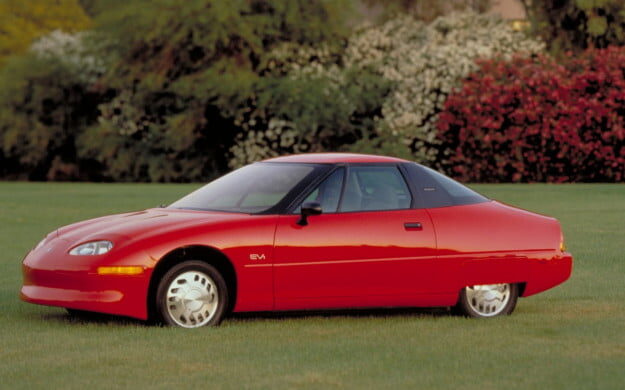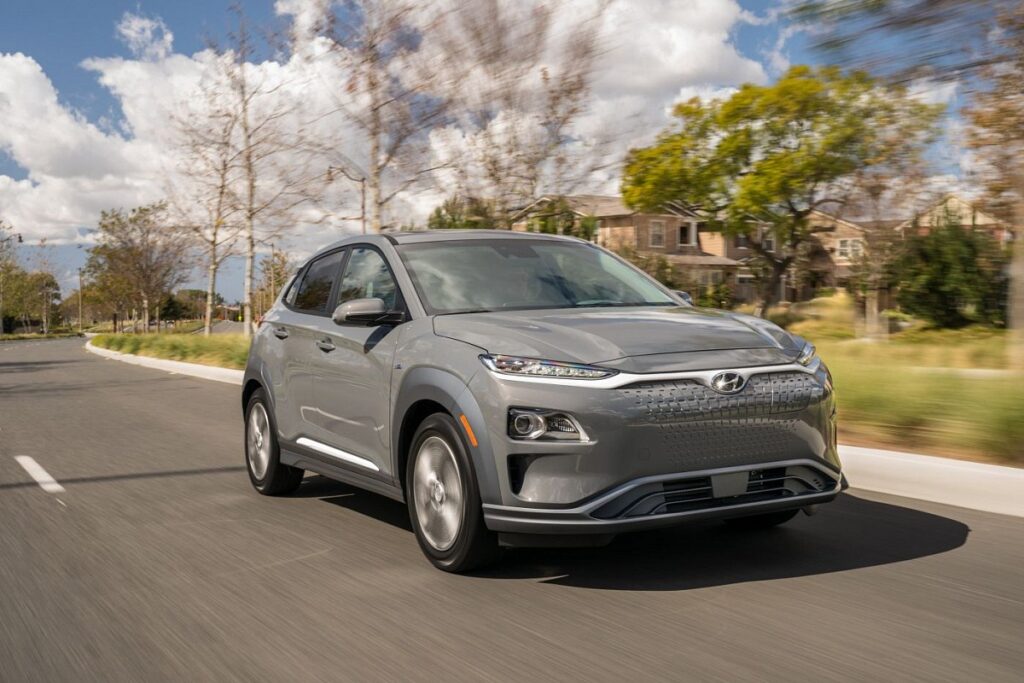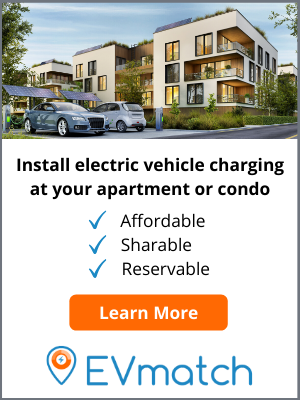Blog
The Next Chapter in EV Adoption
May 27, 2020
Post Author

EVs had exciting inception (phase 0) and early adoption (phase 1) from the General Motors EV1 in the 1990s to the first Tesla Roadster and Nissan Leaf in the late 2000s. It’s a testament to incredible inventors, investors, and environmentally conscious original customers. Great as this was, phase 1 catered to narrow audiences sending a lifestyle message: an EV is more than just a car! Governments stepped in with tax credits and incentives. Burgeoning demand spurred programs and companies like EVmatch to build out the infrastructure for a new paradigm in transportation.
Today, we are in the midst of phase 2, the “slope of enlightenment” – no longer are EVs solely considered by new customers for the reasons listed above. Indeed, the driver of the future will choose an EV because it’s a better car. Though not sensational, the adoption by the silent majority of everyday people, steadily increasing, is the growing reality.
Indeed, the driver of the future will choose an EV because it’s a better car.
The median EV customer chooses an EV based on value, the superior ownership experience, and growing charging infrastructure. If that’s not enough, they see friends and neighbors in these fantastic cars and opt for one not because it’s special, but because it’s expected.
1. Value
Mass-market EVs are in your neighbor’s driveway and on roads already! A critical mass of models approach the $25,000-$35,000 price point in a variety of body styles, from sedans to SUVs and soon trucks too. More importantly, EVs look like, and indeed are, regular cars calling attention not to quirkiness; competing on traditional vehicle branding axes.
Similarly, EVs consume less energy than gas vehicles, to the equivalent of over 100 miles per gallon – officially MPGs – 5 to 6 times more efficient. On average, driving an EV costs about $0.05/mile, which is equivalent to paying just $1.20/gallon for gas in a car with 24 MPG.
Finally, EVs need very little maintenance. They never need fuel pump replacement, oil changes, or timing belts. While tires wear similarly, even brake systems rarely need maintenance because they use regenerative charging to convert kinetic motion to battery energy. An EV powertrain has 90% fewer moving parts than internal combustion engines, lowering overall likelihood and frequency of vehicle failure. Adding it up, EVs are normal-looking cars, have a competitive sticker price, and provide low operational and maintenance costs.
2. Ownership Experience
What about the EV driving experience? EVs are among the quietest cars imaginable. In fact, some markets have rules asking cars to make more noise so as not to surprise pedestrians and cyclists. Electric motors don’t burn fuel, thus no unpleasant exhaust sounds or smells. Have you ever been in a classic car? For all their charm, they lack modern combustion techniques, catalytic converters, and tend to have a lingering fuel odor.
EVs also produce near-instantaneous torque for acceleration not possible with internal combustion engines save for the world’s most expensive supercars. It’s easier to pass on the freeway or suddenly accelerate to avoid something, nevermind impressing friends – and scaring passengers!
Best of all, EVs often include newer drive assist features, such as lane-keeping assistance, awareness of other persons or cars on the road, even approaching degrees of autonomous driving capability. With a computerized drivetrain, one can even set driving to “one-pedal mode” where the car automatically brakes, saving energy and critical seconds consumed by manual braking.
3. Infrastructure
What if you never had to go to the gas station (in addition to rarely taking your car to the shop)? Many EV owners today experience exceptional convenience “fueling” their cars through charging at home and work. Highway corridor charging efforts from EVgo, Tesla, and Electrify America cover long-distance driving, and innovative solutions like EVmatch’s peer-to-peer charging network create reliable and bookable charging options to serve everyone, even if you don’t have a driveway at home with a convenient Level 2 outlet or station.
4. Trends
While being contrarian is great for some, the vast majority of vehicle customers wait for mass-adoption. AAA reported in 2019 that 40 million Americans will consider an EV for their next vehicle, improving year over year from 2018 and 2017. Just as that new neighbor’s BBQ or basketball hoop inspires another neighbor’s renovation or cooking project, so does an elegant, yet unobtrusive EV.
For the driver-enthusiast crowds, Formula E is a race series with exclusively electric F1 cars. EV West will restomod a classic car with a Tesla drivetrain for the ultimate in timeless style and modern performance. Fisker-Karma, Tesla, and Porsche showcase a new generation of “halo” cars to turn heads and push the limits of driving possibility. A previous post on this blog pointed out that the ever-profitable EV pickup truck segment is around the corner via incredible designs from Rivian, Tesla, and Ford. Utility companies are happy to sell electricity once generated by oil, and incentivize installation of charging infrastructure everywhere for convenience.
Tesla, Nissan, and dedicated EV advocates created this market and brilliantly executed a strategy to generate demand for a new kind of car with a new kind of message. Through those initial efforts, the path is clear for anyone who wants a better car but might not have had the resources to deal with the workarounds of the early days. These trends converge to a lived reality that fits with the lifestyle of the majority of drivers and families. Just as one could choose a Toyota Prius or Subaru Impreza, there’s now a Hyundai Kona EV or traditional combustion engine in the same SUV form factor.
As charging infrastructure expands across the country, with help from big players like Tesla and innovative companies like EVmatch, we’re moving ever closer to an electric future characterized by convenience, affordability, and reliability.
What EV trend or model are you most excited about? I’ve been to EV West and hope someday to restomod a classic into a modern machine with style. See you on the road!











